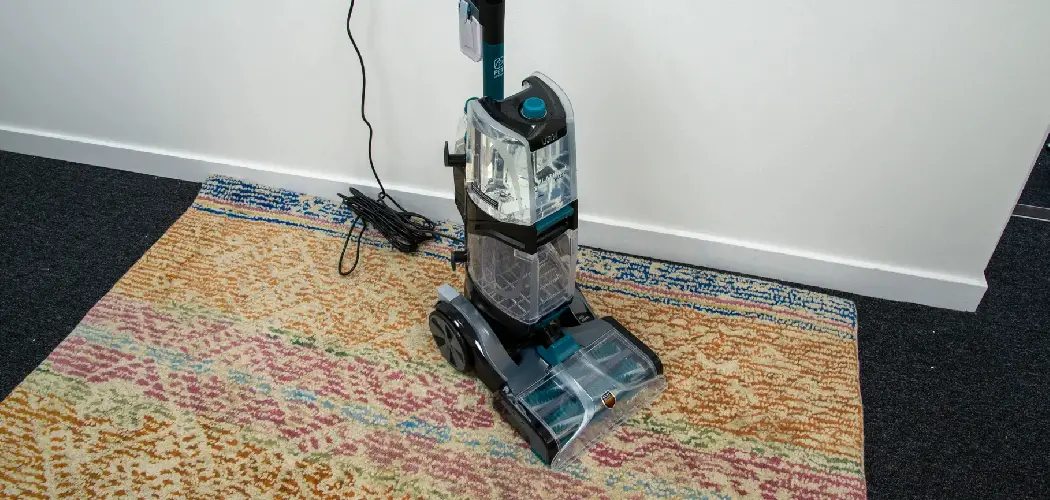Have you ever returned to a basement that’s been left wet after flooding or leaking plumbing? It can be hard trying to figure out the best way to clean up this mess, but luckily there are simple steps you can take toward getting your space back into tip-top shape.
No one likes to deal with an unexpected water disaster, but the fact of the matter is wet carpets can be unavoidable. Moisture and flood damage take a toll on your basement’s carpets and can cause mold growth if not taken care of properly.
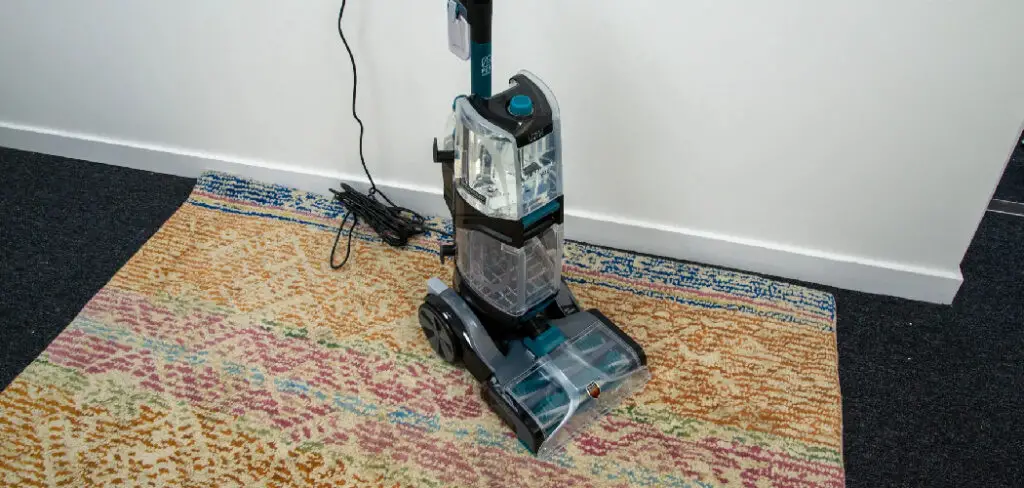
In this article, we’ll go over how to clean up wet carpet in basement. We’ll walk you through how to clean up wet carpeting in your basement effectively and safely without breaking a sweat!
Read on for useful tips and tricks on how to clean up wet carpets in the basement as well as advice from experienced cleaning professionals so that you can quickly restore your basement back to its pristine condition.
What Causes Wet Carpet in Basement?
Wet carpet in a basement can be caused by several different things. Basements are particularly vulnerable to moisture, humidity, flooding, and water damage due to their location below ground level. Common causes of wet carpets in a basement include:
- Leaking plumbing or pipes
- Flooding from heavy rains
- Excess moisture that accumulates over time
- Poorly sealed windows or doors that allow water to seep in
Required Items
Before starting any cleaning process, it’s important to gather all the necessary materials that you will need. Here is a quick list of items you will need when it comes to cleaning up the wet carpet in your basement:
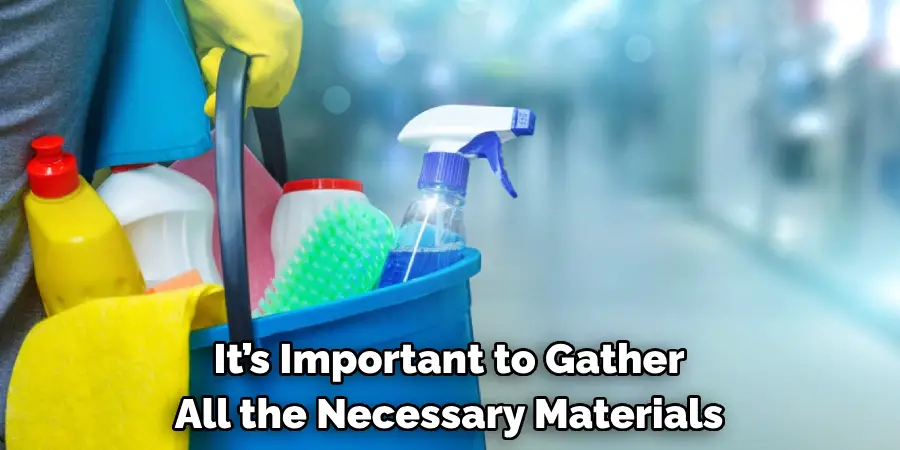
- Bucket Rubber gloves Vacuum cleaner
- White vinegar Shampoo
- detergent Dehumidifier
- Carpet cleaning machine Towels or rags
- Fan
10 Instructions on How to Clean Up Wet Carpet in Basement
1. Vacuum
Start by using the vacuum cleaner to remove any dirt, debris, and water that’s on the surface of the carpet. Be sure to move slowly and methodically as you go over each area of the carpet to ensure that all water is removed from the surface.
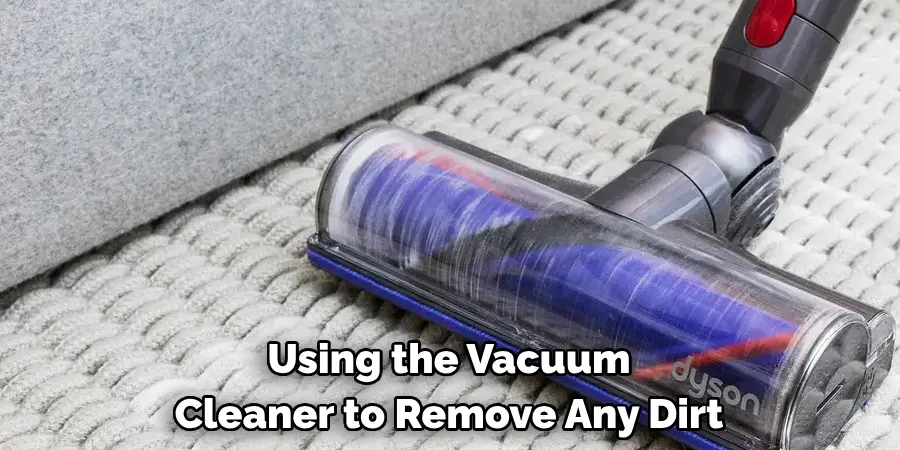
2. Extract the Water
If you have a wet/dry vacuum cleaner, use it to extract as much of the water off the surface of the carpet as possible. If not, you can always rent or purchase one for this purpose. Water extraction is an important step in the cleaning process, as it helps to ensure that all moisture is removed from the carpet fibers.
3. Shampoo and Deodorize
Once most of the water has been removed from the carpet, you can start to shampoo and deodorize it with a detergent or spray-on cleaner. Be sure to use a product that is specifically designed for carpets, as some products can damage the fibers and colors of the carpet. Work the shampoo into the carpet using a brush or your hands in a gentle circular motion, then use a damp cloth to remove any excess suds.
4. Rinse and Dry
Once you’ve finished shampooing your carpet, it’s time to rinse and dry it. Use a wet/dry vacuum cleaner or a hose to thoroughly rinse the carpet, then use towels to blot up as much of moisture as possible. If you have access to a dehumidifier, turn it on and let it run for several hours until all of the moisture has been removed.
5. Use a Carpet Cleaning Machine
If the water damage is severe and you need to remove stubborn stains, you may want to consider using a carpet cleaning machine. These machines are designed specifically for deep-cleaning carpets and can help to get rid of tough stains, odors, and dirt that might be embedded in the fibers. Be sure to follow all of the manufacturer’s instructions when using this type of machine.
6. Spot Clean Any Stains
If you notice any stubborn stains on your carpet, use a spot cleaner to tackle them head-on. Be sure to test the cleaner in an inconspicuous area prior to using it on any large stains, as some products can cause discoloration or damage to the carpet fibers. Work the cleaner into the stain using a cloth, then blot up any excess product with a clean towel.
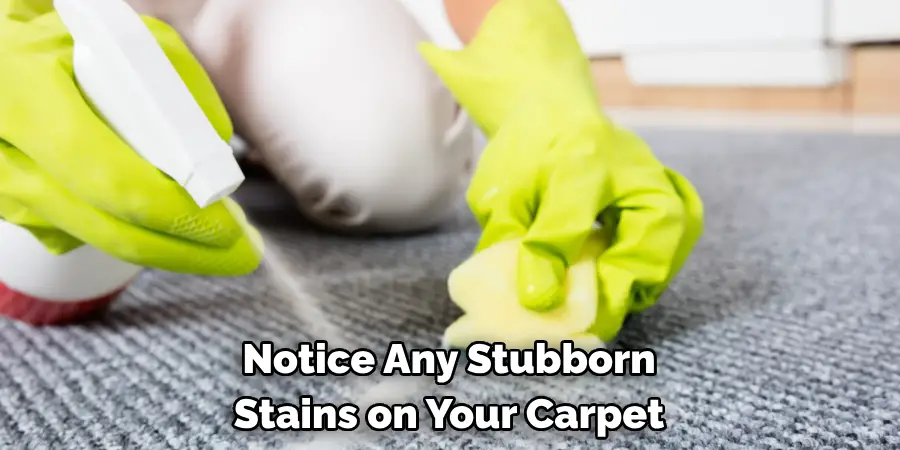
7. Air Dry and Sanitize
Once you’ve finished shampooing and spot-cleaning your carpet, it’s time to allow it to air dry completely. Turn on a fan and place it in the room to speed up the drying process, then use a sanitizing spray or powder to kill any mold or mildew spores that might be present.
8. Clean and Disinfect Hard Surfaces
Once your carpet has had time to air dry completely, you should turn your attention to cleaning and disinfecting any hard surfaces in the basement. Be sure to wear gloves and use a disinfectant or cleaning product that is suitable for hard surfaces.
9. Deodorize the Room
If you want to make sure your basement smells fresh and clean, consider using an odor eliminator or deodorizing spray in the area. This will help to neutralize any odors that may be lingering in the room, as well as prevent future odors from forming.
10. Prevent Future Damage
Finally, it’s important to take steps to prevent future water damage or mold growth in your basement. Consider investing in a dehumidifier that can be used on a regular basis and make sure any windows or doors are properly sealed so that moisture cannot enter the space.
Following these steps can help you effectively clean up the wet carpet in the basement and get your space back into tip-top shape. By taking the time to properly address any water damage that has occurred, you’ll be able to restore your basement back to its original condition without a problem.
8 Safety Precautions to Follow When Cleaning Up Wet Carpet in Basement
1. Ensure the area is well-ventilated. Working in a damp, enclosed space can pose health and safety risks, so be sure to open any windows or doors that lead outside to allow fresh air to circulate before beginning the cleanup process.
2. Wear protective clothing. Put on gloves, long pants, and a long-sleeved shirt to protect your skin from being exposed to any mold or mildew that may be present on the wet carpet. Protective eyewear is also recommended.
3. Avoid using electrical appliances. Do not use any electrical or gas-powered tools or appliances in a wet area, as this could result in electric shock or fire hazards. Using a wet-dry vacuum, hand-held steamer, or dehumidifier is recommended instead.
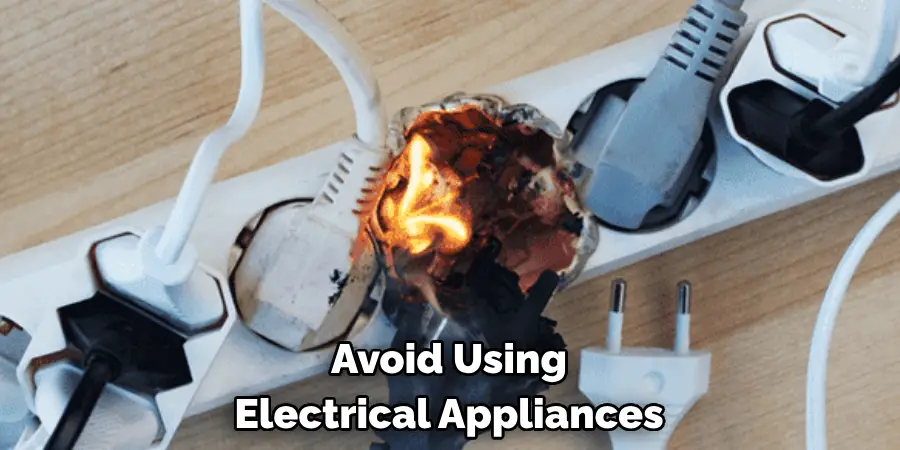
4. Remove any standing water. Use a mop or towels to soak up as much of the excess moisture from the area as possible before it has a chance to accumulate and cause further damage. Removing any standing water can also minimize the risk of mold and mildew growth.
5. Clean up dirt and debris. Use a broom or vacuum cleaner to remove any dirt, debris, or other foreign objects that may be present on the wet carpet. Doing so will make it easier to extract moisture from the area and prevent additional damage to the carpet fibers.
6. Apply a cleaning solution. Choose an appropriate cleaning solution for the type of carpet you have in your basement and use it to thoroughly clean the affected area. Make sure to let the solution soak into the carpet for at least 10 minutes before rinsing with cold water.
7. Extract moisture from the area. Use a wet-dry vacuum, hand-held steamer, or dehumidifier to thoroughly extract moisture from the area. It is important to make sure all water has been removed before drying the carpet completely.
8. Dry the carpet completely. Use a fan or space heater to help speed up the drying process, but be sure not to place it too close to the wet carpet as this could cause irreversible damage. Once the carpet has dried completely, vacuum it to remove any dirt or debris that may have been tracked in during the cleaning process.
Following these safety precautions will help ensure a successful and safe cleanup of your wet basement carpet. Remember to always wear protective clothing when working with wet items, and be sure to ventilate the area adequately before beginning the cleanup process.
Conclusion
Taking the necessary steps to clean up your wet carpet in the basement can be a long task, but it’s worth taking the time to do so. Keep in mind that drying out wet carpets and preventing further mold growth will help with maintenance and keep you healthy. Depending on the severity of water saturation, it may be best to call a professional or hire a reputable contractor to ensure the safe removal and damage mitigation.
Keeping proactive and taking care of fall-outs will help avoid future floods or other potential problems. Hopefully, by following this guide on how to clean up wet carpets in the basement, you are now more knowledgeable on how to properly tackle this issue. However, if the need arises, please don’t hesitate to contact professionals who specialize in dealing with such issues so that your desired results can be achieved.

